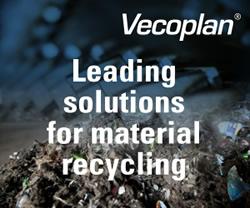SPI 2015: Tax credit sunset preoccupies a fast-maturing industry
 By Herman K. Trabish for UtilityDIVE: Solar photovoltaic (PV) installed capacity is expected to reach 7.7 GW in 2015, up 24% from 2014, according to the Solar Energy Industries Association (SEIA) and GTM Research.
By Herman K. Trabish for UtilityDIVE: Solar photovoltaic (PV) installed capacity is expected to reach 7.7 GW in 2015, up 24% from 2014, according to the Solar Energy Industries Association (SEIA) and GTM Research.
From July 2015 to December 2016, the report forecasts the U.S. solar PV marketwill add 18 GW, which is more than the cumulative capacity built by the industry up to the middle of 2014.
But there are some headwinds for the sector. In a sign it has reached a level of maturity achieved recently by the wind industry, solar advocates now face an uphill political battle for the industry's most vital federal incentive
The mandated term of solar's vital 30% federal investment tax credit (ITC), in place continuously since 2008, will end on December 31, 2016. Beyond that deadline, the tax credit provided at the end of a project’s first year of operation will fall to 10% for commercial investments in solar and to zero for residential solar investments.
SEIA is mounting a multi-million dollar lobbying campaign to secure a five-year extension that will get the industry to 2020, when it hopes the Clean Power Plan can take over to help boost growth. Cont'd...
Comments (0)
This post does not have any comments. Be the first to leave a comment below.
Featured Product

